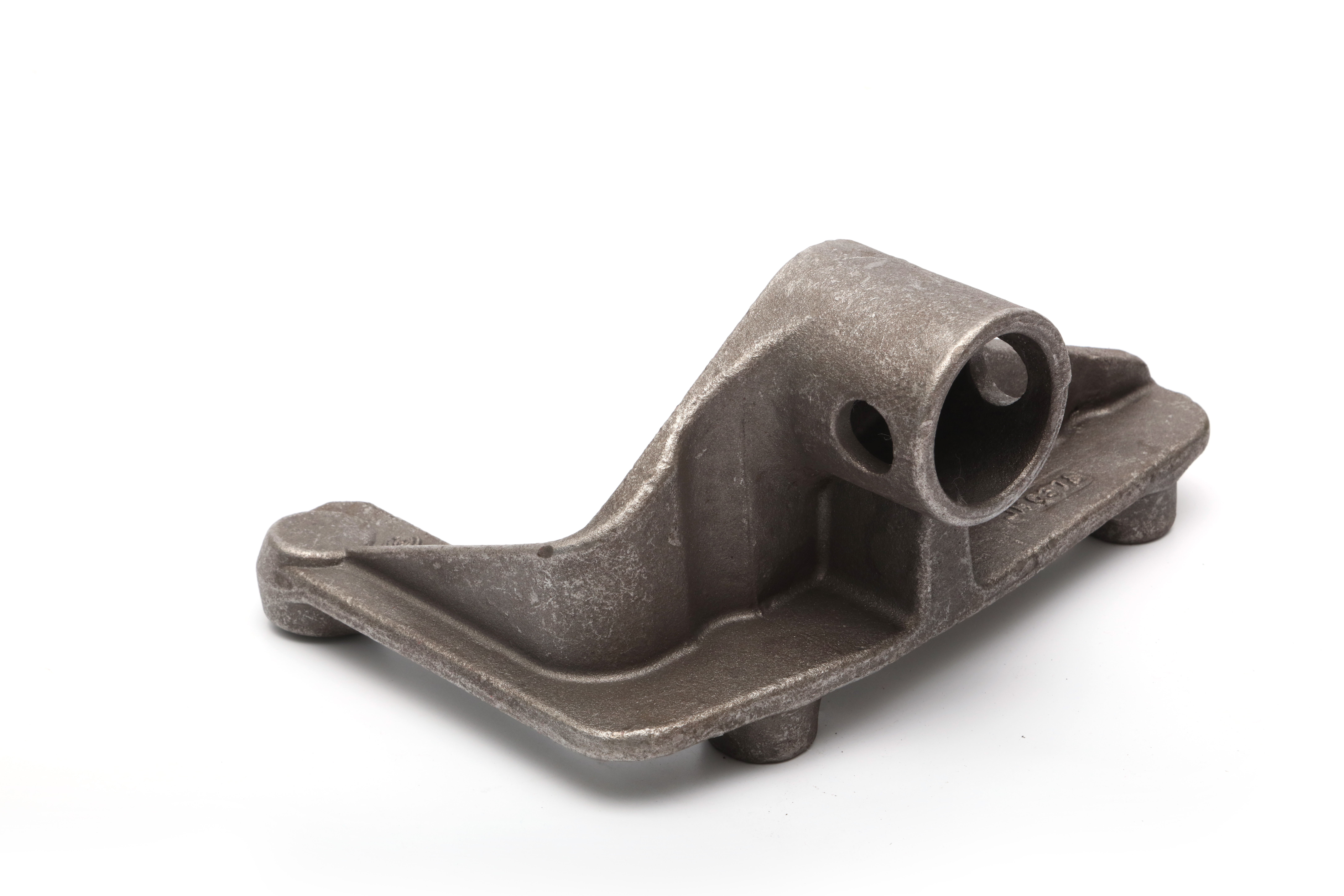Language
Currency


Silica sol investment casting,a subset of precision casting techniques,is renowned for its ability to produce high-quality components with intricate details and excellent surface finish.This method is widely used across various industries,including aerospace,automotive,and medical,due to its precision and the superior properties of the castings it produces.However,like any manufacturing process,it has its own set of advantages and disadvantages.In this article,we will explore both to help you determine if silica sol investment casting is the right choice for your manufacturing needs.
Advantages of Silica Sol Investment Casting:
• High Precision and Detail:One of the most significant advantages of silica sol investment casting is its ability to produce parts with very fine details and close dimensional accuracy.This is particularly important in applications where precision is crucial,such as in the aerospace and medical industries.
• Excellent Surface Finish:The castings produced through this method often require minimal post-processing,as they have a smooth and fine surface finish right out of the mold.This can save time and reduce costs associated with additional machining or finishing processes.
• Material Compatibility:Silica sol casting is compatible with a wide range of metals,including high-temperature alloys and reactive metals that are difficult to cast using other methods.This versatility makes it suitable for various applications.
• Repeatability and Consistency:The process is highly repeatable,ensuring that each casting is identical to the last,which is essential for mass production of components where consistency is key.
• Environmental Benefits:Compared to other casting methods,silica sol investment casting produces fewer emissions and waste,making it a more environmentally friendly option.
Disadvantages of Silica Sol Investment Casting:
• Cost:The initial setup and the materials used in silica sol investment casting can be more expensive than other casting methods.This includes the cost of the silica sol binder and the precision required in creating the molds.
• Complex Mold Making:The process requires precise and complex mold making,which can be time-consuming and requires skilled labor.This can increase the lead time for production and add to the overall cost.
• Post-Casting Cleaning:Although the surface finish is generally good,the castings may still require some cleaning to remove any residual investment material.This can add an extra step in the manufacturing process.
• Limited to Small to Medium Batch Production:While silica sol investment casting is excellent for producing small to medium batches with high precision,it may not be the most cost-effective for large-scale production runs.
• Potential for Defects:Despite the high precision,there is still a risk of defects such as porosity or inclusions if the casting process is not carefully controlled.
Silica sol investment casting offers a range of benefits that make it an attractive option for manufacturing high-precision components.However,it also comes with some challenges,particularly in terms of cost and complexity.For industries where precision,detail,and material quality are paramount,silica sol investment casting can be an excellent choice.It's essential to weigh the advantages and disadvantages carefully to determine if this method aligns with your specific manufacturing goals and requirements.
Email cannot be empty
Password cannot be empty
Email format error
Email cannot be empty
Email already exists
6-20 characters(letters plus numbers only)
The password is inconsistent
Email format error
Email cannot be empty
Email does not exist
6-20 characters(letters plus numbers only)
The password is inconsistent